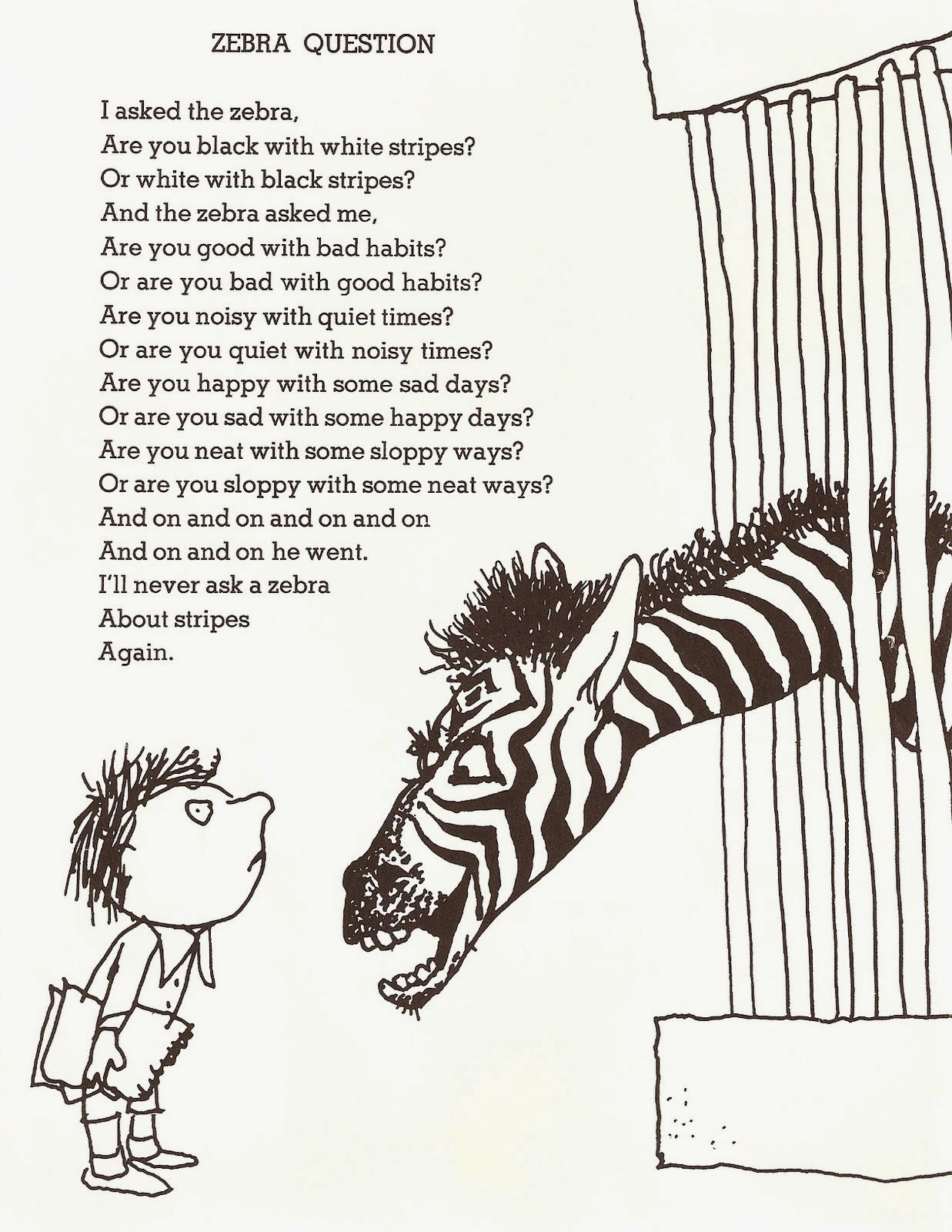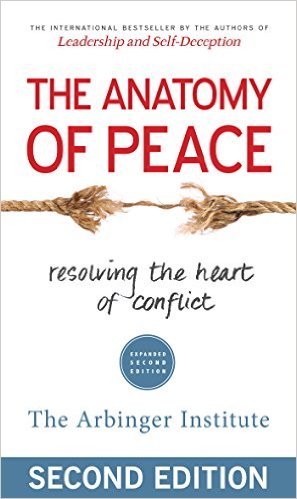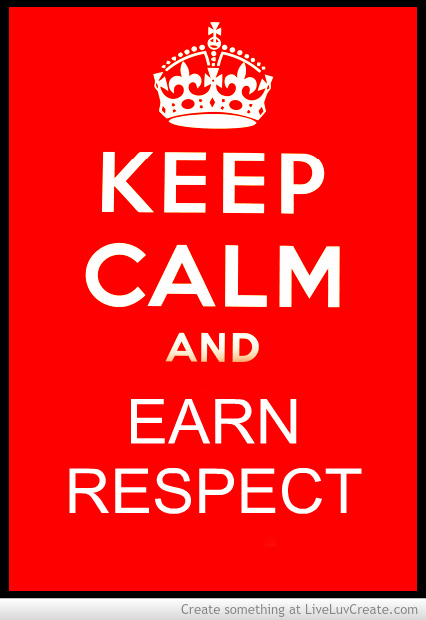While Steve Novella walks you through the science of male versus female brains in this concise article, I want to talk about what it means for how we interact with the world and the people in it.
“This does not mean that males and females are the same, or that there are no differences. It does mean that individuals are individuals.” –Steven Novella
His summary compares brain function to height with regard to the predictive relevance of gender. This is the perfect comparison. If you know someone’s gender, you don’t have great odds of guessing their height on a case by case basis. Plenty of women (half, by definition) are above average height. Conversely, half of all men are below average height, and there is a huge overlap in the heights of men and women. It is the same for brain functioning. Even if you know a person’s gender, there is a large number of possibilities for how that particular person’s brain is working. Any assumptions you make would be a highly inefficient way to understand them.
I’m downplaying the differences and negating any categorical differences; however, it is extremely important to account for these differences when attempting to communicate. Whether the communication is occurring across genders or within a gender, it is vital to healthy relationships and effective communication that we acknowledge and appreciate the differences in how people process information. When you ask yourself “How could anyone think that way?,” consider the simple answer, “Because their brain functions differently than mine.”
To communicate and connect with others, there must be a mutual understanding, and if I assume everyone around me should think, process, and comprehend just like I do, I’ve minimized my own effectiveness. Only with flexibility (in my own thinking) and a willingness to step outside of what is familiar to me, can I genuinely convey or understand meaningful personal thoughts and feelings in any relationship.









